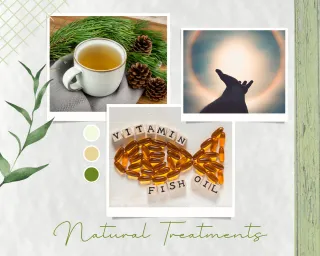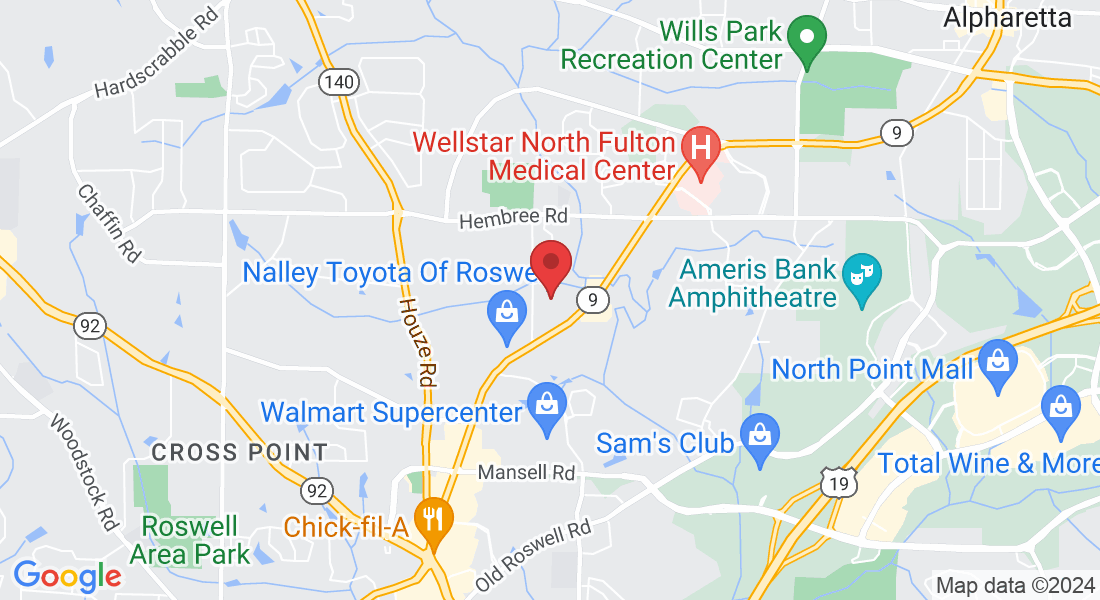Contact Us
debra@nature-heals.com
(770) 817-8028
Follow Us:
Welcome To Vitality Project,
Advancing Health, Changing Lives.
The beauty of Traditional Naturopathy is that we can find out why these symptoms are happening and support your body’s amazing healing abilities.

The Power of Ancient Medicine
Most people work with us because they are dissatisfied with how they feel. Sometimes they are taking Rx meds that they don’t want to rely on (or that don’t fully handle their problems). Sometimes they have a set of symptoms that have been difficult to diagnose medically. Often their medical tests come back as normal, but they really don’t feel right. Trust your instinct! Fatigue, poor sleep, anxiety, depression, poor digestion, hormone imbalances, headaches, brain fog and many other symptoms are not just a normal part of life. They are taps on your shoulder that your body is struggling in some way.
The beauty of Traditional Naturopathy is that we can find out why these symptoms are happening and support your body’s amazing healing abilities. To learn more about how this might help you specifically, contact us for a consultation. Scroll through the site and let us know if you have any questions. Warmest wishes from the Vitality Project team!
Tired of relying on Rx meds as your only solution?
Here’s how our 3 Step Signature Process works...
We uncover the truth about what caused the issues you’re dealing with by looking at a full history, test results, and the beliefs/mindsets that could block your progress.
We revitalize any weaknesses with these tools: Homeopathics, nutritional/herbal support & lifestyle work. Your program is customized to your needs & schedule, and we coach you to success.
My staff & I then teach you to maintain and build on your results, so you continue to flourish and enjoy your life to the fullest for years to come. We can help you to regain the health & vitality!
We can work with you in person at our office or remotely over the phone or on a Zoom call. We can help you to regain the health & vitality that allow you to live your best life!

Boost Your Immunity and Thrive: Download Your Free Guide Today!
In a world where health is more important than ever, Debra MacIntyre, ND, shares her decades of naturopathic wisdom in the Resilient Immunity Guide. This comprehensive guide is your key to understanding and enhancing your body's defense mechanism against illnesses, with easy-to-follow, natural strategies that can transform your health and well-being.
What You'll Discover Inside:
The Crucial Role of Vitamin D and C in fighting off viruses and infections.
Easy and Advanced Steps for improving gut ecology, reducing body acidity, and minimizing toxic burdens.
Protect Your Lungs: Guidance on safeguarding one of your most vital organs against common and pandemic flu strains.
Stress Management Techniques: Practical advice for keeping stress at bay, crucial for a strong immune response.
Your journey to resilient immunity starts here. Download your free copy of the Resilient Immunity Guide by Debra MacIntyre, ND, and embrace the path to a vibrant, healthy life. Simply enter your email below to receive instant access to this invaluable resource.
About Us

Vitality Project is a naturopathic clinic located at 801 Bombay Lane in Roswell, Georgia.
The clinic is led by Debra MacIntyre, who has over 30 years of experience in naturopathic medicine.Vitality Project is open Tuesday through Thursday from 10 AM to 5 PM, Friday from 10 AM to 3 PM, and Saturday from 10 AM to 3:30 PM. We are closed on Sunday and Monday.
What Our Clients Have To Say
Get in touch with us
Looking for expert advice? Get a consultation with us today. We offer flexible options, including in-person meetings, remote phone consultations, and Zoom calls. Let's discuss your needs and find the right solutions. Contact us now to schedule your appointment.
(770) 817-8028
debra@nature-heals.com
801 Bombay Lane
Tuesday - Thursday, 10:00 am - 5:00 pm, Friday 10:00 am - 3:00 pm, and Saturday 10:00 am - 3:30 pm. We are closed on Sunday and Monday.
Would You Like A Consultation?
Our Blogs

How your thoughts impact your health
Uncover the profound connection between your thoughts and health. Explore the influence of mindset on well-being, practical techniques, and expert perspectives. Harness the power of positive thinking ... ...more
Health
July 03, 2023•5 min read

Help for long-haulers & post vaccine health
Many people still experience symptoms long after recovery from viral illness or vaccine. Here I share successful strategies to regain your best health. ...more
Health ,COVID
July 03, 2023•3 min read

Gentle Liver Cleanse
Revitalize your health with our gentle liver cleanse. I’ve used this liver & gallbladder cleanse successfully with clients for over 30 years. It gives better results than many supplements! ...more
Health
July 03, 2023•4 min read

Relief of anxiety, pain & migraines
The first step to finding relief is to learn WHY your nerves get stressed. This information will help you to avoid nerve stressors and open the door to healing. ...more
Health
July 03, 2023•6 min read

Protect your kidneys
Discover essential tips and insights to protect your kidneys and maintain optimal kidney health. Explore our educational blog for expert advice, lifestyle tips, and practical techniques to preserve yo... ...more
kidneys
July 03, 2023•3 min read

Outdoorsy? You need this info!
If you love the great outdoors as we all do, this is a must-read article! May is officially the start of tick season. I want to help you to be less likely to get a tick bite in the first place AND to ... ...more
Outdoors
May 12, 2023•3 min read
Frequently Asked Questions
What is a naturopath?
A naturopath is a holistic practitioner who uses a system of treatment which avoids drugs and surgery and emphasizes the use of natural agents such as air, water, herbs and lifestyle improvements. At Vitality Project, we practice Traditional Naturopathy. As the name implies, this is the original practice of naturopathy and is distinguished from Functional Medicine, which uses medical labs with narrower ranges of normal than your MD considers. In Functional Medicine it’s not unusual to run lab tests that cost thousands of dollars. This is not needed in Traditional Naturopathy.
Do you treat _______?
(Fill in the blank- autoimmune conditions, arthritis, fibromyalgia, infertility, anxiety or depression, inflammation, fatigue, etc) The answer is yes, but not in the way you might think. Your medical doctor uses your diagnosis to point the way to appropriate treatment options. A Traditional Naturopath uses your diagnosis as a description of what your body is manifesting in the way of symptoms, but your diagnosis doesn’t point the way to treatment. In our philosophy, every non-optimal health condition is caused by the same 4 basic stressors that have occurred over time. These are times in your life you’ve had poor lifestyle habits, times you’ve had physical stresses (accidents, injuries, surgeries, even childbirth), times you’ve been under excessive mental & emotional stress, and times you’ve been exposed to toxins (including pollutants, infections and even medications). We then create a plan to pull out the toxins over time and support the function of your organs and systems so that your body can actually heal.
Does insurance cover this?
Regular health insurance does not, because this is not medical care. But many HSAs will cover. You can check with your provider for details.
Do you work with children?
Yes, we’ve worked with people from 1 day old infants to those well into their 90’s.
How long before I see results?
Most people will begin to see improvement within the first few weeks. Much of that depends on how willing you are to make the lifestyle changes to support your body. It also depends on your history. We do a consultation as a first step to gather some background about your situation and history, then present what would be necessary from you. For example, if it’s necessary to stop artificial sweeteners and that’s something you’re not willing to do, we will be honest about what results you could expect, and you might decide we’re not a good fit for you. We’ve had many people who do decide at a later time that they’re ready, and this is fine. The goal is to have a successful relationship.
Can you work together with my medical treatments?
Absolutely! This is called Complimentary medicine and it works very well. Our job is to get you improving, and many times you are then able to come off Rx medications. We never pull you off, though. As you heal and your condition improves, you work with your prescribing doctor to lower and eliminate medications you don’t need any more. At certain times, necessary medications (chemotherapy is one example) have undesirable side effects and we can commonly support you in such a way that these side effects are greatly lessened. It’s a beautiful thing!
Do you offer telehealth?
Yes, we work with people all over the world who cannot come in person. Additionally, some locals choose to avoid traffic and do telehealth.
Do I have to take vitamins and supplements?
Yes, these are some of the tools we use to aid your healing. We can work within your preferences, such as liquid vs pill. We work to make this fit into your lifestyle as simply as possible.
How much do you charge?
The initial consultation is $50, which gives us a chance to talk about what is going on with you and decide whether to work together. If we decide to move forward, the first appointment takes an hour and includes reviewing your history and doing testing. The second appointment is one week later where Debra presents a Report of Findings and we work out a treatment plan that works for you. The fee for those two visits is $450, payable on the first visit. Follow ups are from $150 to $250, depending on the length of the appointment. We usually see people at 4-week intervals, but in special circumstances you might need a recheck in 2-3 weeks.
How do I get started?
The first step is your consultation. You can fill out the form for us to contact you or you can call our office directly at 770-817-8028. We look forward to getting to know you!

Follow Us
Follow Us
Vitality Project is a naturopathic clinic located at 801 Bombay Lane in Roswell, Georgia.
The clinic is led by Debra MacIntyre, who has over 30 years of experience in naturopathic medicine.Vitality Project is open Tuesday through Thursday from 10 AM to 5 PM, Friday from 10 AM to 3 PM, and Saturday from 10 AM to 3:30 PM. We are closed on Sunday and Monday.
Services
More
Contact Us
debra@nature-heals.com
(770) 817-8028
801 Bombay Lane
Tuesday - Thursday, 10:00 am - 5:00 pm, Friday 10:00 am - 3:00 pm, and Saturday 10:00 am - 3:30 pm. We are closed on Sunday and Monday.
© Copyright 2024. Roswell Vitality Project. All rights reserved.

